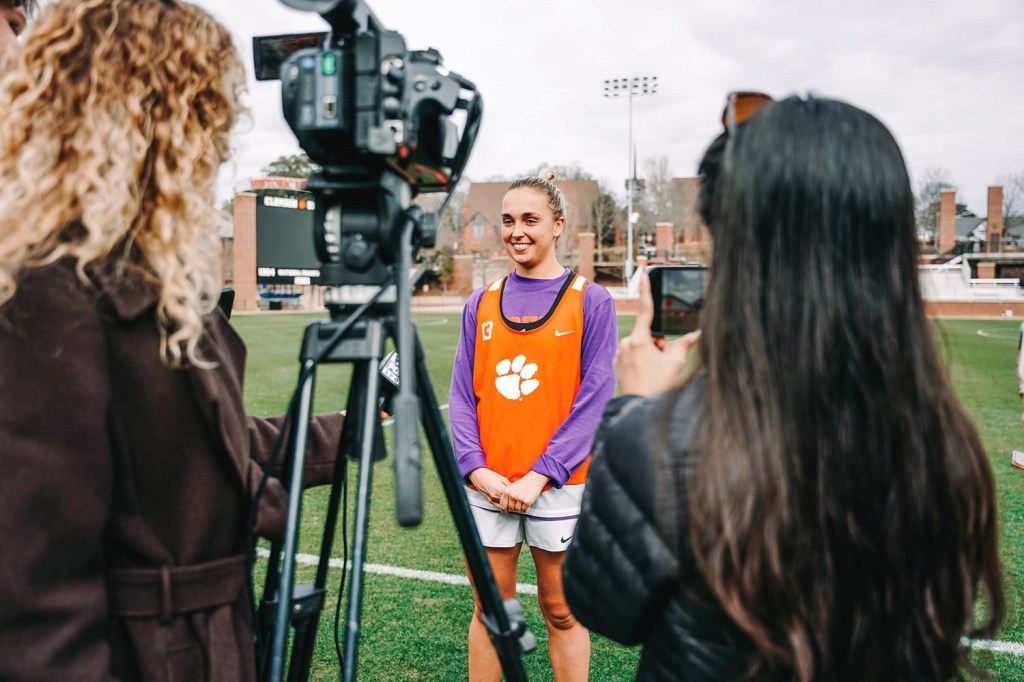By arming their team with a new technology, Florida State has created an easier way to engage their fans.


As the Florida State Seminoles prepare for their clash against the Crimson Tide of Alabama in one of the most anticipated opening games in college football history, the FSU ticket sales and service teams are hard at work making sure that seats are sold and fans are happy.
Thanks to Zipwhip, the team’s job is just a little bit easier this year.
The Seattle-based SaaS company has allowed FSU to accelerate their sales cycle by adding text messaging to existing phone numbers; a new technology that is proving invaluable and delivering tangible results.
When asked about the success the new technology, Mark Cameron, Director of Ticket Sales, had this to say.
“We now have a better gauge on where someone is in the sales cycle and can set an actionable follow up. Before, a sales rep may have had a great phone call with someone about buying seats or renewing their tickets and then the next 5–10 calls and emails may have gone unanswered. Texting has allowed us to get in touch with our customers with greater ease and set up the next step in the process (e.g. face to face meeting, event, phone call, etc.).”
It is no surprise that the Seminoles are experiencing better conversion rates on their outreach. According to Mobile Marketing Watch, text messages have a 98% open rate, while email has only a 20% open rate. Think about it, outside of being mad at a significant other, when was the last time you didn’t open a text message that you received? Not easy to come up with an answer.

Not only are response rates higher, the speed in which the staff at Florida State are getting responses has increased.
“Our fans have really enjoyed it. We’re seeing higher response rates through texting than with either calling or emailing and it’s some of our fans’ preferred communication channel,” said Cameron. “You would be surprised how quickly someone will text you back vs. a voicemail or email.”
According to CTIA.org, it takes the average person 90 minutes to respond to email, but only 90 seconds to respond to a text message.
The implementation of the technology has been about more than driving revenue and converting more sales; it has been about making sure the fan can get in touch with the ticket office in the simplest way possible. Because of this, Cameron and his team have had quite a few success stories in only the few short months they have been using the software.
“We’ve had a couple of great ones, including large sales, but my personal favorite was a smaller one that showed the need for Zipwhip. We had set everything up on a Monday and went over training on Tuesday morning. When one of our sales reps logged in, they said, ‘I already received a text, is that right?’ We looked at the timestamp and it was shortly after switching everything over that someone he was calling texted him ‘can’t talk right now’. Without even knowing, our office phones just became ‘textable!’ The sales rep responded right back “when is a good time to chat?” and they set up a follow up date right then and there. To me, that success story highlights the importance of utilizing multiple communication channels.”
With texting being the most widely and frequently used app on a smartphone, and with 97% of Americans using it at least once a day according to Pew Internet, the opportunity for teams, leagues and businesses to connect with their loyal consumers might come in the shape of a text message.
Although people may still need some time before they feel comfortable texting a business, if done right, B2C communication through texting might be the easiest and most organic way to go about connecting, engaging and speaking with your customers or prospects.
This piece has been presented to you by SMU’s Master of Science in Sport Management.
Front Office Sports is a leading multi-platform publication and industry resource that covers the intersection of business and sports.
Want to learn more, or have a story featured about you or your organization? Contact us today.

















